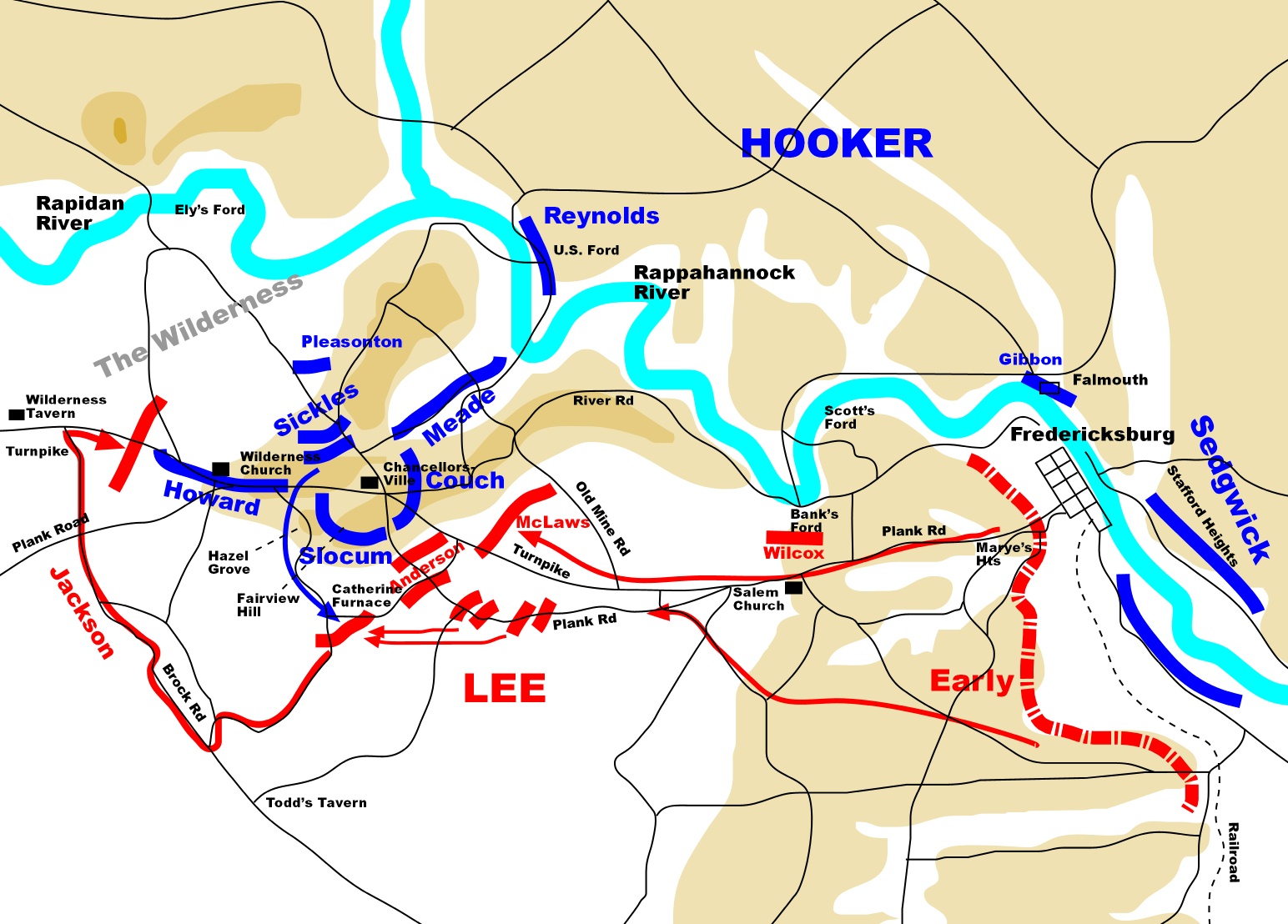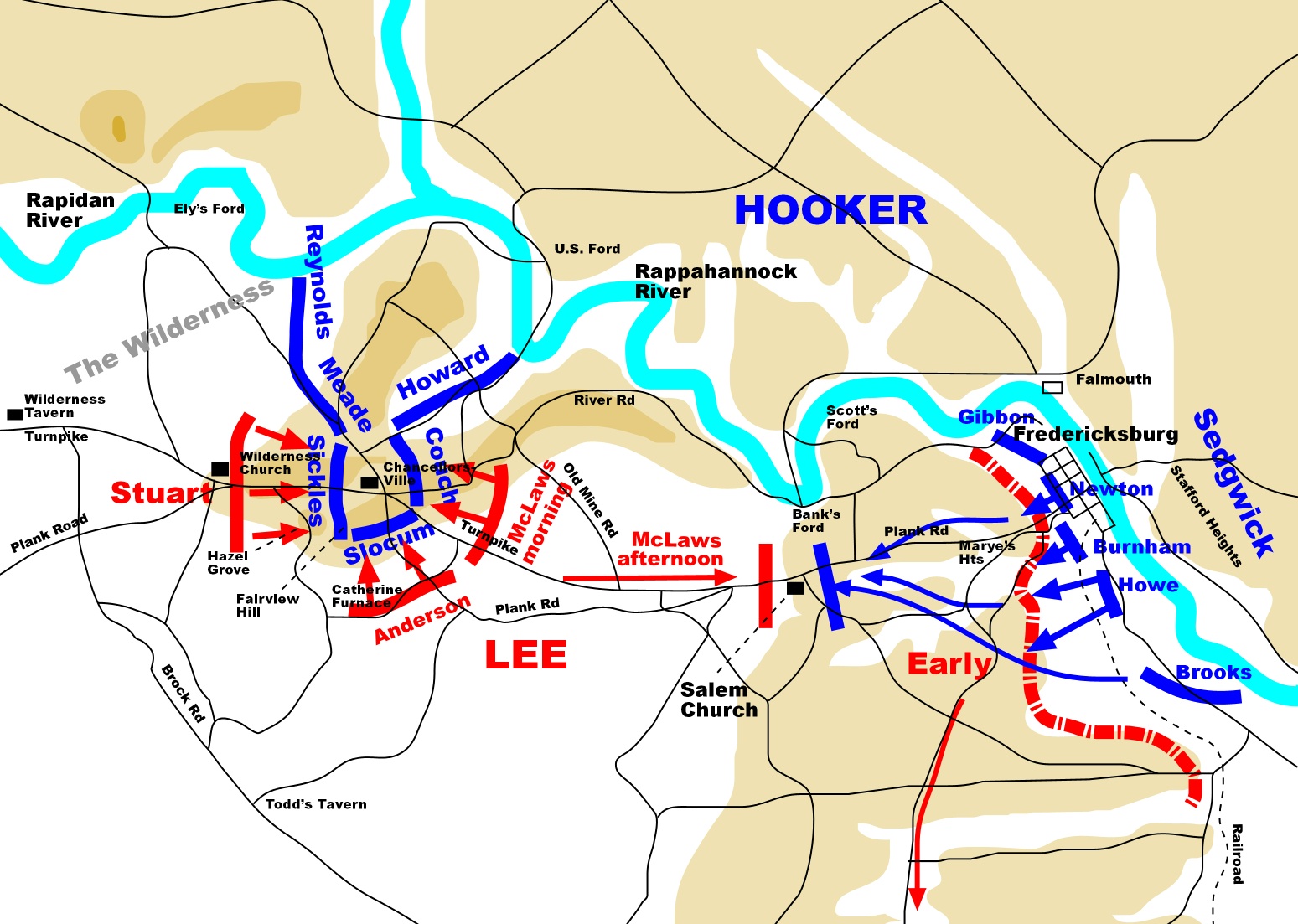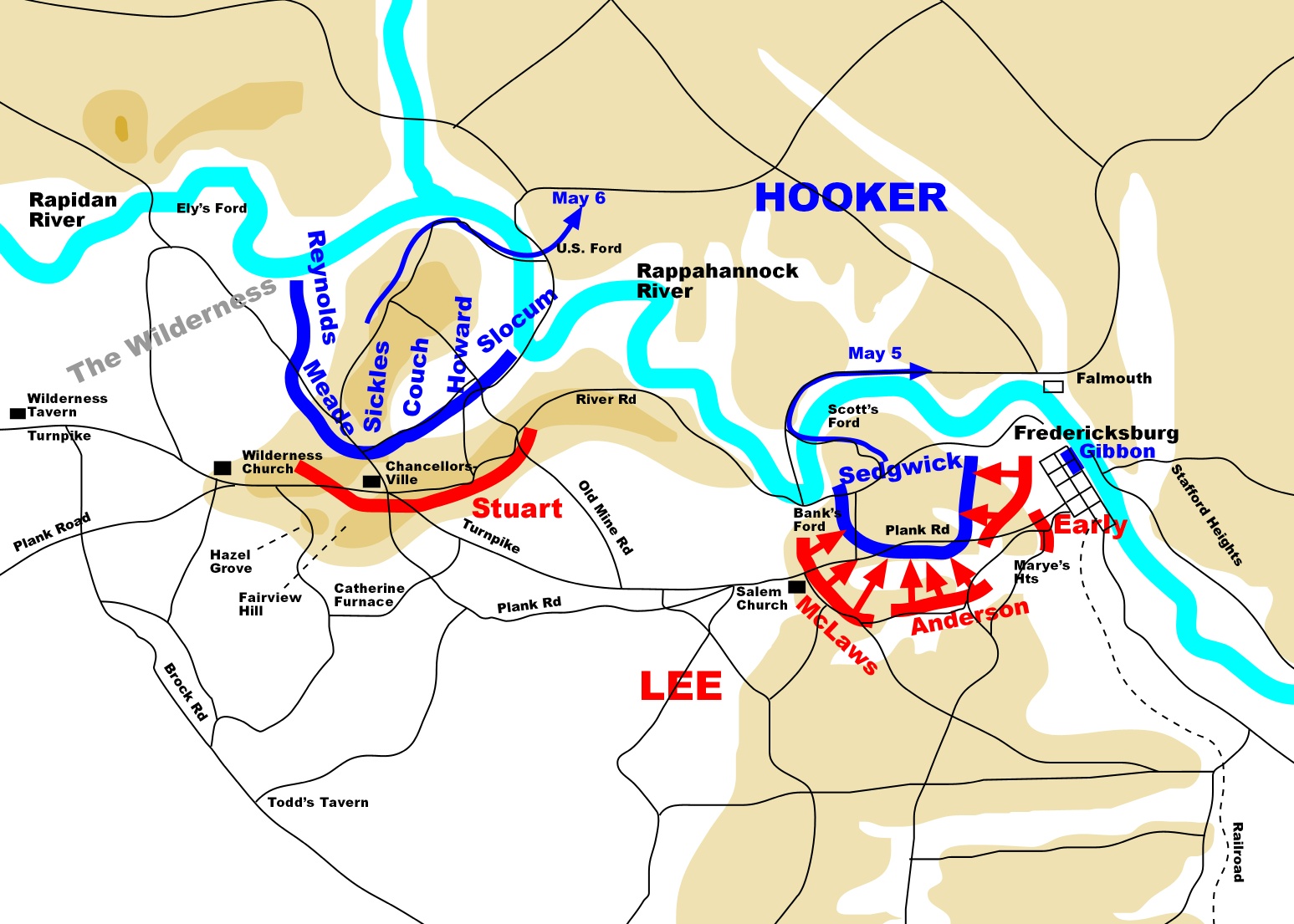 |
| Thomas' Legion |
| American Civil War HOMEPAGE |
| American Civil War |
| Causes of the Civil War : What Caused the Civil War |
| Organization of Union and Confederate Armies: Infantry, Cavalry, Artillery |
| Civil War Navy: Union Navy and Confederate Navy |
| American Civil War: The Soldier's Life |
| Civil War Turning Points |
| American Civil War: Casualties, Battles and Battlefields |
| Civil War Casualties, Fatalities & Statistics |
| Civil War Generals |
| American Civil War Desertion and Deserters: Union and Confederate |
| Civil War Prisoner of War: Union and Confederate Prison History |
| Civil War Reconstruction Era and Aftermath |
| American Civil War Genealogy and Research |
| Civil War |
| American Civil War Pictures - Photographs |
| African Americans and American Civil War History |
| American Civil War Store |
| American Civil War Polls |
| NORTH CAROLINA HISTORY |
| North Carolina Civil War History |
| North Carolina American Civil War Statistics, Battles, History |
| North Carolina Civil War History and Battles |
| North Carolina Civil War Regiments and Battles |
| North Carolina Coast: American Civil War |
| HISTORY OF WESTERN NORTH CAROLINA |
| Western North Carolina and the American Civil War |
| Western North Carolina: Civil War Troops, Regiments, Units |
| North Carolina: American Civil War Photos |
| Cherokee Chief William Holland Thomas |
| HISTORY OF THE CHEROKEE INDIANS |
| Cherokee Indian Heritage, History, Culture, Customs, Ceremonies, and Religion |
| Cherokee Indians: American Civil War |
| History of the Eastern Band of Cherokee Indian Nation |
| Cherokee War Rituals, Culture, Festivals, Government, and Beliefs |
| Researching your Cherokee Heritage |
| Civil War Diary, Memoirs, Letters, and Newspapers |
|
|
 |
|
Civil War Battle of Chancellorsville Maps
Battle of Chancellorsville on May 1 and 2 Confederate Union
| Battle of Chancellorsville Map |

|
| (Chancellorsville Battlefield Map) |
Battle of Chancellorsville on May 3 Confederate
Union
| Battle of Chancellorsville Map |

|
| (Chancellorsville Battlefield Map) |
Battle of Chancellorsville on May 4 Confederate
Union
| Battle of Chancellorsville Map |

|
| (Chancellorsville Battlefield Map) |
(Related reading below.)
Recommended Reading: Guide to the Battles of Chancellorsville and Fredericksburg. Description: The battles of Fredericksburg
and Chancellorsville, 1862-63, were remarkable in several respects. Both revealed the problems
of mounting a serious attack at night and provided the first examples of the now-familiar trench warfare. Fredericksburg featured street fighting and river crossings under fire. Chancellorsville
was marked by Stonewall Jackson's death and the rare instance of mounted cavalry attacking infantry. In addition, the latter
battle also demonstrated in striking fashion the profound influence of the commander on the battle. The Union
committed more soldiers, supplies, money, and better equipment than did the Confederacy, and yet Lee won. Continued below...
Eyewitness
accounts by battle participants make these guides an invaluable resource for travelers and non-travelers who want a greater
understanding of five of the most devastating yet influential years in our nation's history. Explicit directions to points
of interest and maps--illustrating the action and showing the detail of troop position, roads, rivers, elevations, and tree
lines as they were 130 years ago--help bring the battles to life. In the field, these guides can be used to recreate each
battle's setting and proportions, giving the reader a sense of the tension and fear each soldier must have felt as he faced
his enemy.
Recommended Reading: Chancellorsville,
by Stephen W. Sears. Description: Chancellorsville
was one of the Civil War's pivotal campaigns, a great victory for the South that also led directly to the death of top Confederate
general Stonewall Jackson. It hasn't generated the amount of literature devoted to most major Civil War battles, largely because
John Bigelow's 1910 classic, The Campaign of Chancellorsville, seemed for years to offer the last word. But Sears, employing
a mix of published and unpublished primary accounts to buttress secondary studies, manages to offer more than one new word
in a thoroughly engaging text. Continued
below...
Most notable
is his use of Union military intelligence reports to show how General Joseph Hooker was fed a stream of accurate information
about Robert E. Lee's troops; conversely, Sears points out the battlefield communications failures that hampered the Union
army at critical times. He also examines the roles of Hooker and his corps commanders, finding that half of the latter poorly
served their commander during the campaign. Regarding the Confederate command, Sears analyzes Lee's faulty intelligence and
his relationships with his subordinates. Throughout, he highlights Lee's marvelous good luck, as well as his army's tenacious
fighting capability. One of the book's three appendices explores several of the battle's "romances", e.g., Jackson's
wounding, Alfred Pleasonton's false stories, while two other appendices present orders of battle and casualties. A model campaign
study, Sears's account of Chancellorsville is likely to remain the standard for years to
come… It also includes numerous previously non-published maps and photos.
Recommended Reading: Chancellorsville 1863: The Souls of the Brave. Description: Ferguson's book about Chancellorsville reads much like a vintage Stephen Sears book. Meticulous
detail is crafted with primary accounts and combined with author analysis, and the book has a detailed narrative with human
elements. Reading these types of accounts concerning Civil War battles is always enjoyable. Where Furgurson's book differs
from Sears's book is, of course, the analysis of Joe Hooker's management of the campaign. Continued below...
While Sears
blames subordinates, most notably Howard, and points to Hooker's concussion, Furgurson mentions the exploding pillar incident,
adds soldier accounts of seeing Hooker looking drunk and unresponsive at headquarters and takes Hooker to task. Given Hooker's
pre-victory celebratory orders and his subsequent defeat, I think it's hard to let Hooker completely off the hook. Furgurson
also mentions near the end of the book that Jackson's death affected Gettysburg
and ultimately the war. Had Jackson lived and taken Culp's Hill on July 1 in place of the inactive
Ewell, the Union would have been forced to retreat, likely to the line of defense around
Pipe Creek that Meade was aiming for in the first place. Would the Confederates have won the battle of Gettysburg in that case?
Recommended Reading: Chancellorsville: The Battle
and Its Aftermath (Military Campaigns of the Civil War). Description: A variety of important but lesser-known dimensions of the Chancellorsville
campaign of spring 1863 are explored in this collection of eight original essays. Departing from the traditional focus on
generalship and tactics, the contributors address the campaign's broad context and implications and revisit specific battlefield
episodes that have in the past been poorly understood. Chancellorsville was a remarkable victory for Robert E. Lee's troops,
a fact that had enormous psychological importance for both sides, which had met recently at Fredericksburg and would meet
again at Gettysburg in just two months. But the achievement, while stunning, came at an enormous cost: more than 13,000 Confederates
became casualties, including Stonewall Jackson, who was wounded by friendly fire and died several days later. Continued below...
The topics
covered in this volume include the influence of politics on the Union army, the importance of courage among officers, the
impact of the war on children, and the state of battlefield medical care. Other essays illuminate the important but overlooked
role of Confederate commander Jubal Early, reassess the professionalism of the Union cavalry, investigate the incident of
friendly fire that took Stonewall Jackson's life, and analyze the military and political background of Confederate colonel
Emory Best's court-martial on charges of abandoning his men. Contributors: Keith S. Bohannon, Pennsylvania State University;
Gary W. Gallagher, Pennsylvania State University; A. Wilson Greene, Petersburg, Virginia; John J. Hennessy, Fredericksburg,
Virginia; Robert K. Krick, Fredericksburg, Virginia; James Marten, Marquette University; Carol Reardon, Pennsylvania State
University; James I. Robertson, Jr., Virginia Polytechnic Institute and State University.
Recommended
Reading: Chancellorsville: Lee's
Greatest Battle (416 pages) (Paperback).
Description: Originally published in 1958, this Stackpole classic retains its popular appeal and easy readability. Now updated
with commentary and notes by D. Scott Hartwig, it will be of special interest to Civil War buffs and historians. Exceptional
maps and illustrations.
Recommended Reading: Chancellorsville 1863:
Jackson's Lightning Strike (Campaign). Description: Following the debacle of the battle of Fredericksburg in December
1862, Burnside was replaced as commander of the Army of the Potomac by General Joseph Hooker. Having reorganized the army and improved morale, he planned an
attack that would take his army to Richmond and end the war. Although faced by an army twice his size, the Confederate commander Robert
E. Lee split his forces: Jubal Early was left to hold off Sedgwick's Fredericksburg attack, and 'Stonewall' Jackson was sent with
26,000 men in a wide envelopment around Hooker's right flank. Continued below…
This title
details how at dusk on May 2, Jackson's
men crashed into the Federal right flank, and how stiffening Federal resistance slowed the Confederate advance the next day.
From the Publisher: Highly visual guides to history's greatest conflicts, detailing the command strategies, tactics, and experiences
of the opposing forces throughout each campaign, and concluding with a guide to the battlefields today.
|
 |
|
|
|
|
|
 |

